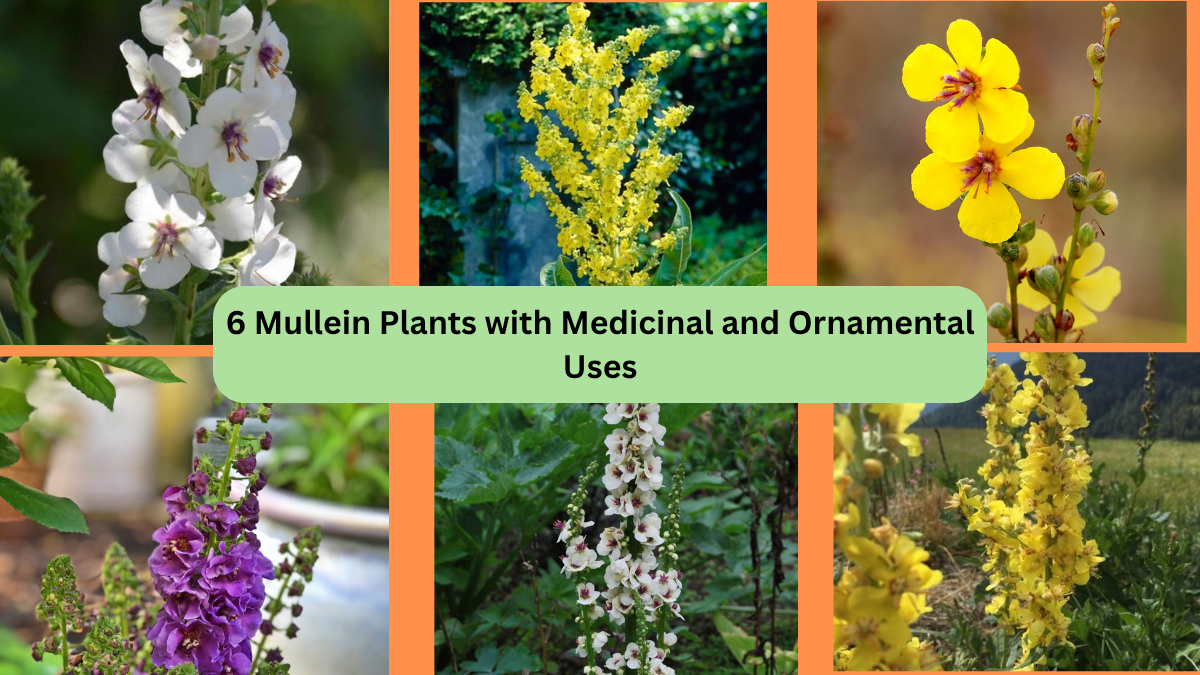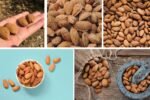Mullein plants have charmed gardeners and herbalists alike for centuries. Known for their towering flower spikes, soft velvety leaves, and soothing herbal benefits, these resilient plants are as beautiful as they are functional. Traditionally used in herbal remedies for respiratory issues, skin conditions, and inflammation, mullein also makes a stunning statement in cottage gardens, wildflower meadows, and pollinator-friendly spaces. Here’s a closer look at six unique mullein varieties you’ll want to grow for their healing properties and ornamental beauty.
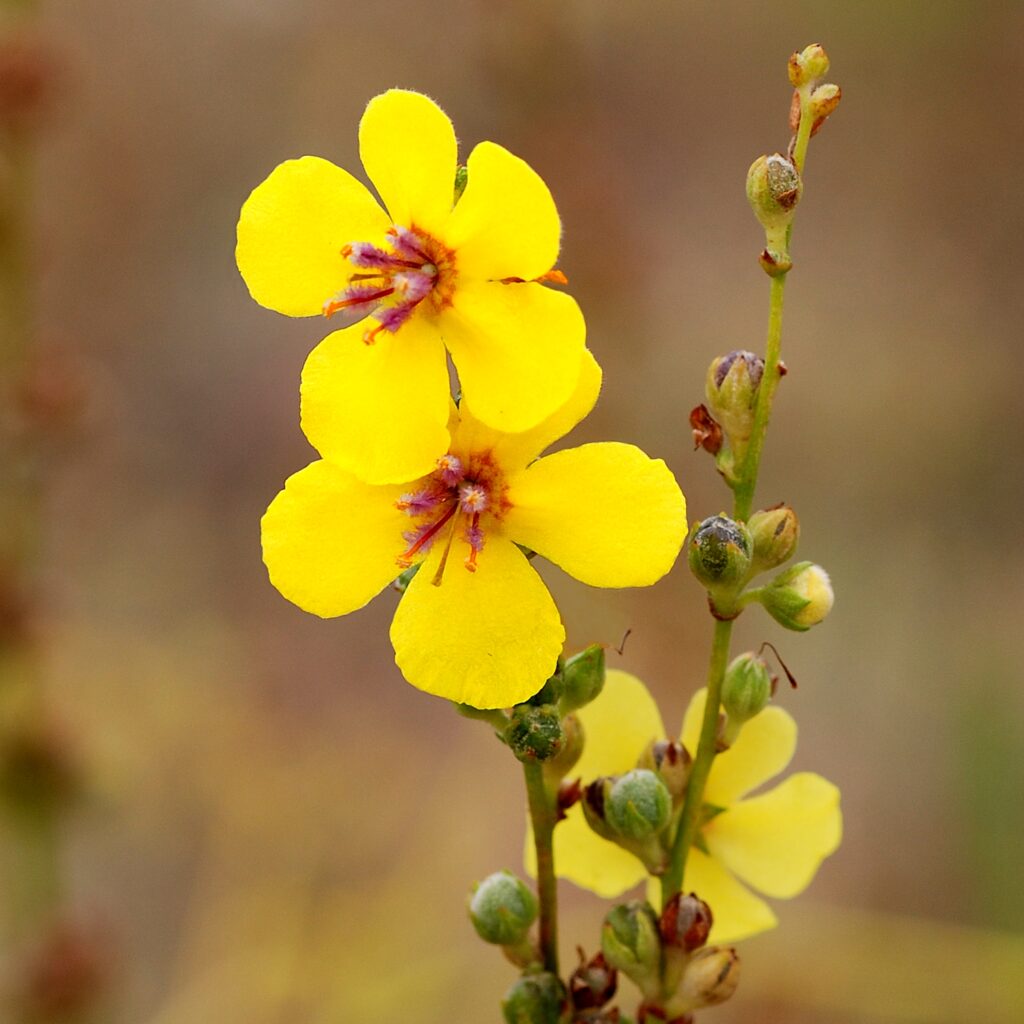
1. Common Mullein (Verbascum thapsus)
Arguably the most recognized species, Common Mullein is a towering biennial plant with soft, woolly leaves and tall spikes of bright yellow flowers. Historically, herbalists have used its leaves and flowers to brew teas and infusions to ease coughs, bronchitis, and asthma. It thrives in poor, dry soils and full sun, making it perfect for neglected garden corners or naturalized areas. The plant can reach up to 7 feet tall, offering vertical interest and attracting bees, butterflies, and birds to your landscape.

2. Moth Mullein (Verbascum blattaria)
Moth Mullein is a graceful, slender species known for its delicate, butterfly-like flowers in shades of yellow and pale pink. This biennial plant grows up to 5 feet tall and flourishes in dry, sunny locations. While it’s admired for its ornamental value, traditional medicine also recognized its soothing qualities for minor wounds and skin irritations. Moth Mullein’s foliage is smooth and less fuzzy than other species, making it an elegant addition to wildflower gardens and cottage borders.

3. Greek Mullein (Verbascum olympicum)
A true showstopper, Greek Mullein dazzles with its massive, branching flower spikes covered in small golden-yellow blooms. Native to the rocky mountains of Greece, this hardy biennial thrives in sunny, well-drained spots and adds impressive height to garden beds. Its leaves have historically been used in herbal teas for respiratory relief, and its long flowering season makes it a favorite for pollinators. Greek Mullein is a dramatic centerpiece for rock gardens and Mediterranean-inspired landscapes.

4. Purple Mullein (Verbascum phoeniceum)
Breaking away from the traditional yellow hues, Purple Mullein offers blooms in shades of lavender, pink, and deep violet. This short-lived perennial or biennial adds a splash of unexpected color to sunny borders and cottage-style gardens. Its medicinal uses mirror those of Common Mullein, with teas made from its leaves known to soothe coughs and sore throats. The plant’s upright spikes attract bees and butterflies, while its compact size makes it perfect for smaller garden spaces.
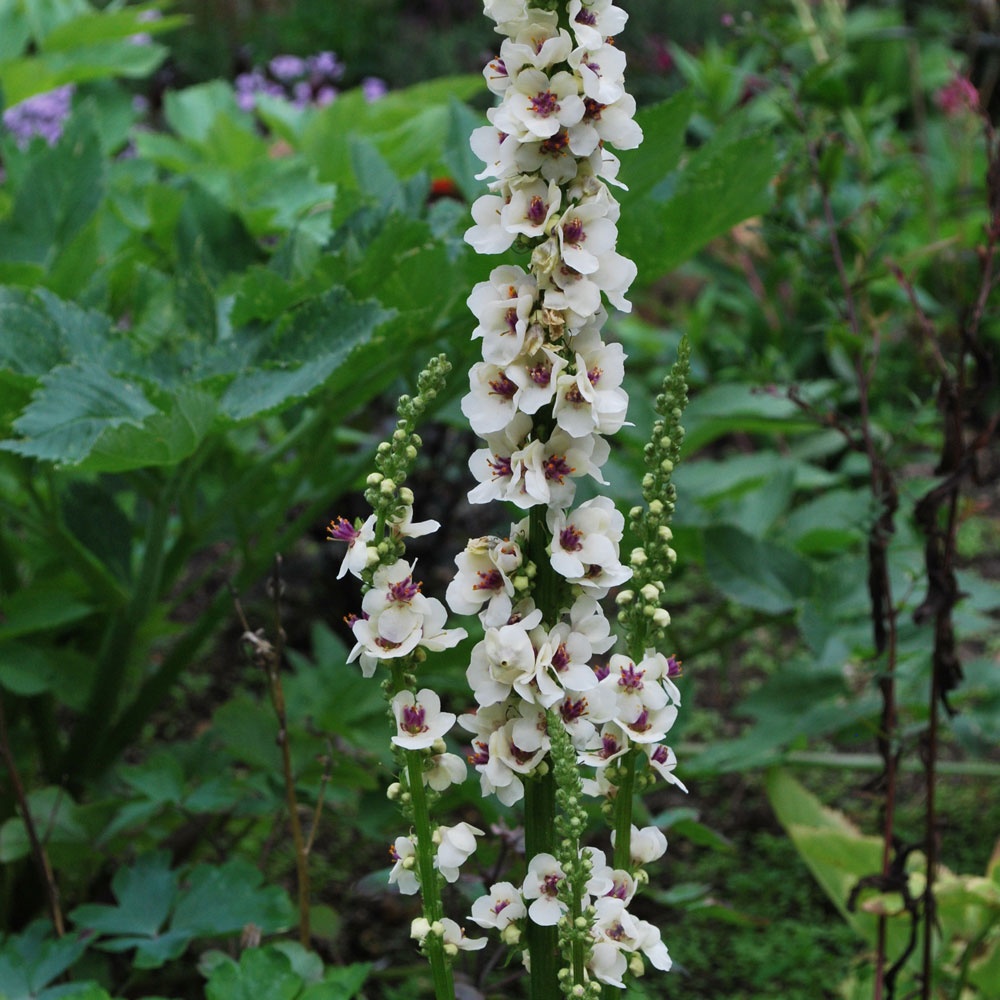
5. Nettle-leaved Mullein (Verbascum chaixii)
With its distinctive toothed foliage and creamy white or pale yellow flowers, Nettle-leaved Mullein adds texture and interest to any garden. It’s a hardy perennial, offering both ornamental charm and gentle herbal benefits. Historically, the leaves and flowers have been used to create teas and poultices for chest congestion and skin ailments. Nettle-leaved Mullein grows well in sunny spots with well-drained soil and is a magnet for pollinators, making it ideal for eco-friendly landscapes.
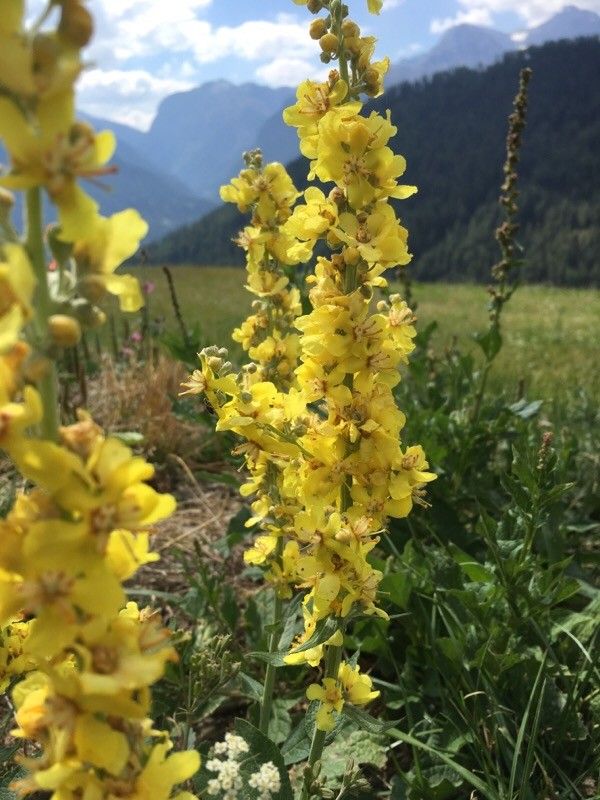
6. White Mullein (Verbascum lychnitis)
White Mullein features slender spikes of pure white or soft yellow flowers, standing out beautifully against its pale green, velvety foliage. This biennial is both drought-tolerant and resilient, thriving in poor, rocky soils where many other plants struggle. It has a long history in folk medicine, with its flowers and leaves prized for their anti-inflammatory and expectorant properties. In the garden, White Mullein adds an ethereal touch to wildflower meadows, gravel gardens, and naturalistic planting schemes.
Final Thoughts:
From towering flower spikes to delicate lavender blooms, mullein plants offer so much more than meets the eye. Whether you’re drawn to their time-honored herbal benefits or their bold, structural beauty, these six mullein varieties deserve a place in your garden. They’re low-maintenance, drought-tolerant, and generous to pollinators — a winning combination for both herbalists and garden enthusiasts alike.
